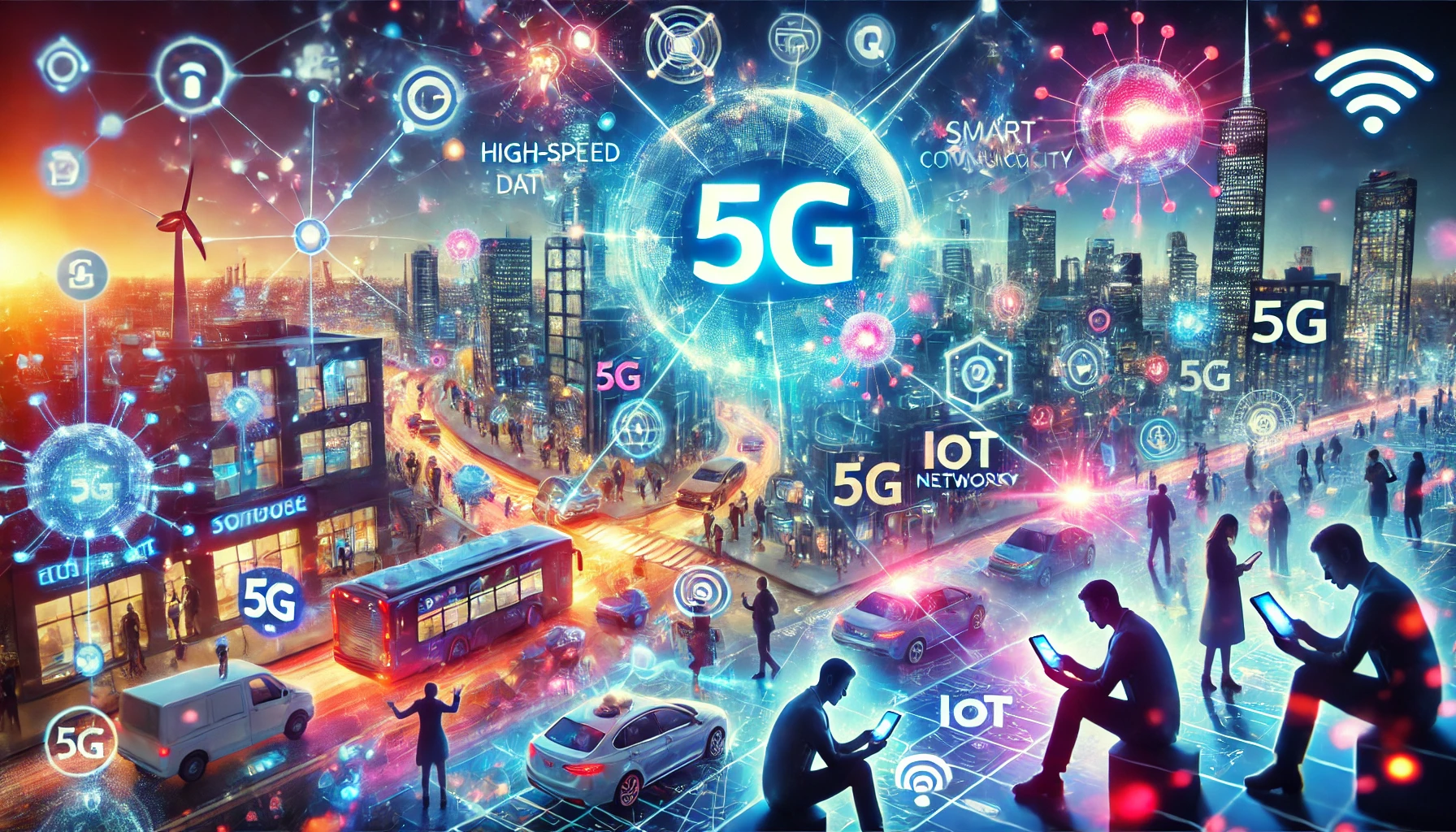5G connectivity, the fifth generation of mobile network technology, is becoming a global reality. Promising lightning-fast connection speeds, reduced latencies and numerous devices connected simultaneously, how will our way of connecting change? Let’s explore together the implications of 5G connectivity for consumers and businesses.
Speed and performance
The most publicized feature of the 5G connectivity is certainly its speed. Download speeds, in fact, go up to 10 Gigabits per second, making 5G about 100 times faster than 4G. This means that HD movies will be downloadable in seconds and buffering in streaming will no longer be a reality. High definition video calls will also be smoother, without delays and interruptions, ensuring an improved user experience in applications such as Zoom and Google Meet.
Latency and instantaneousness
Not only is the 5G connectivity very fast, but also extremely responsive. Latency, which is the time it takes for data to travel from sender to recipient, is reduced to less than a millisecond. This instantaneousness of communications opens up opportunities for applications even in critical sectors, such as telemedicine, autonomous driving and online gaming. Let’s imagine a surgeon who performs a remote operation in real time or an autonomous car that can react instantly to changes and unexpected events in traffic.
Massive connections and IoT
The 5G connectivity, as already mentioned, supports many more simultaneous connections than 4G and other previous networks. This ability will be fundamental for applications in the IoT (Internet of Things) field, where billions of devices, even smart light bulbs, will be able to connect to the network and communicate with each other. Smart cities will also have an easier time managing and monitoring public infrastructures such as lighting or traffic lights, improving the quality of life and safety of citizens.
Industrial sector
The spread of 5G will equally affects the manufacturing, agricultural and logistics industries. In fact, in factories, 5G can enable smart production, with robots and machines connected and communicating in real time. thus optimizing production times and processes. Speaking of agriculture, sensors will be able to collect critical data such as soil and air conditions, helping inform decision-making and improving soil yields. Finally, in logistics, autonomous vehicles and delivery drones will streamline operations.
Challenges and considerations
Despite the numerous advantages of the 5G connectivity, there are also some challenges to consider. For example, at least initially coverage will be limited to urban areas only, leaving rural areas behind and creating a potential gap. Furthermore, the initial investment in the infrastructure required for 5G connectivity is expensive and will require a significant investment. There are also concerns about security and privacy, as increased connectivity exposes you to more cyber threats.
Despite everything, 5G certainly represents a technological revolution, which will open up new opportunities in different sectors, taking the digital world to a completely new level.


